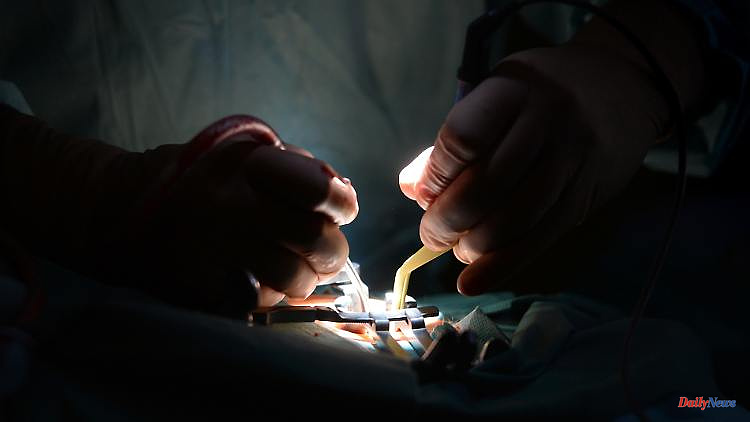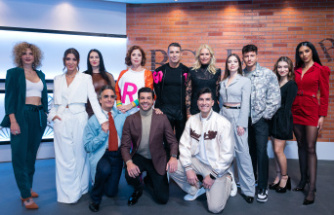In most cases you can rely on medical care in Germany. Nevertheless, there will be thousands of errors again in 2021. The medical service responsible for the investigation is particularly concerned about 130 particularly blatant incidents.
Botched operations, overlooked fractures, damaged implants, mixed-up medicines: in Germany's hospitals and doctor's surgeries, there were again thousands of treatment errors in the past year. This is the result of figures from the Medical Service Bund – MD for short. The expert organization then examined a total of 13,050 suspected cases in 2021, with 3,665 treatment errors being discovered.
The chairman of the medical service, Stefan Gronemeyer, also assumes that the number of unreported cases is high. The actual number of cases is "most likely many times over". At the same time, the statistics also show that no treatment error could be identified in 71.9 percent of the suspected cases examined.
Nevertheless, the experts see a need for action. Gronemeyer is particularly worried about the 130 "never events". This is how particularly blatant treatment errors are described - for example when the healthy knee is accidentally operated on or surgical instruments are left in the body. The MD boss calls for a nationwide reporting obligation for so-called never events. This is in the interests of both patients and doctors. "Both sides must be able to rely on high-quality care in which safety comes first," said Gronemeyer. However, a prerequisite for a functioning system is the ability to report such incidents anonymously and confidentially: "The safety culture must be fearless."
According to MD, the registered number of treatment errors is at a largely unchanged level. The effects for the affected patients are very different: In two out of three cases of damage, the damage is only temporary. In 6.8 percent of the cases, however, there was severe permanent damage such as blindness or the need for care, and in 3.8 percent of the cases the treatment error led to death.












